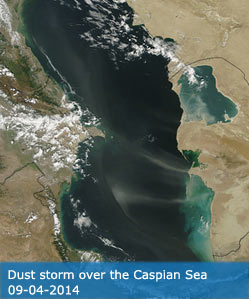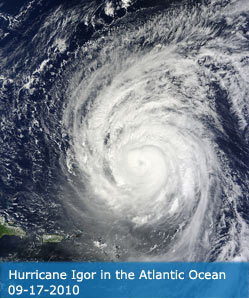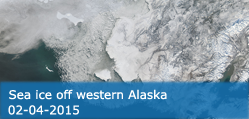Science Team
Publications
Le Goff, C; Boussidi, B; Mironov, A; Guichoux, Y; Zhen, YC; Tandeo, P; Gueguen, S; Chapron, B (2021). Monitoring the Greater Agulhas Current With AIS Data Information. JOURNAL OF GEOPHYSICAL RESEARCH-OCEANS, 126(5), e2021JC017228.
Abstract
Over the core region of the Agulhas Current, new estimations of ocean surface velocities are reported using the increasing data set from the Automatic Identification System (AIS), initially designed to monitor vessel traffic. A two-step strategy is suggested. A first guess is evaluated from the collective behavior of vessels for a given space-time interval. Individual vessel trajectories are then re-analyzed and interpolated. Applied during year 2016, these ocean surface current estimates are demonstrated to well determine the intensity of surface currents. The improved spatial resolution helps the decomposition of the optimally interpolated surface current vector field between irrotational approximate to 80%-90% and divergence-free components approximate to 10%-20%, for example, Helmholtz-Hodge decomposition. Comparisons are performed between in situ drifting-buoys and represent up to 25% gain in respect of the altimetry gridded current (for the meridional component). Others comparisons with data collected during the Agulhas Current Time-series experiment, as well as with the mean Doppler-derived surface currents obtained from satellite synthetic aperture radar measurements also reveal a significant benefit of using the AIS derived estimates. Comparisons with the Sea Surface Temperature from MODIS sensors confirm the occurrence of meandering events for the current path. For the Agulhas Current region, the high density of vessel traffic can provide new means to study and monitor intense upper ocean currents with more detailed resolution and precision. Plain Language Summary Today, for security reasons, merchant ships transmit location, speed, heading and course-over-ground information through the Automatic Identification System (AIS). These messages are a new source of information to complement ocean surface current measurements. In this study, the intense traffic off the South African coast can result in a selection of more than 150 ships per day. Daily analyses and correlations are reported and illustrate links with observed changes in sea surface temperature. In view of the existing need to establish a more comprehensive monitoring system for the Agulhas Current, these results encourage the systematic usage of the increasingly available amount of AIS data as complementary to traditional in situ and altimeter measurements for routine quantitative monitoring of heat and mass transport in this region.
DOI:
10.1029/2021JC017228
ISSN:
2169-9275




